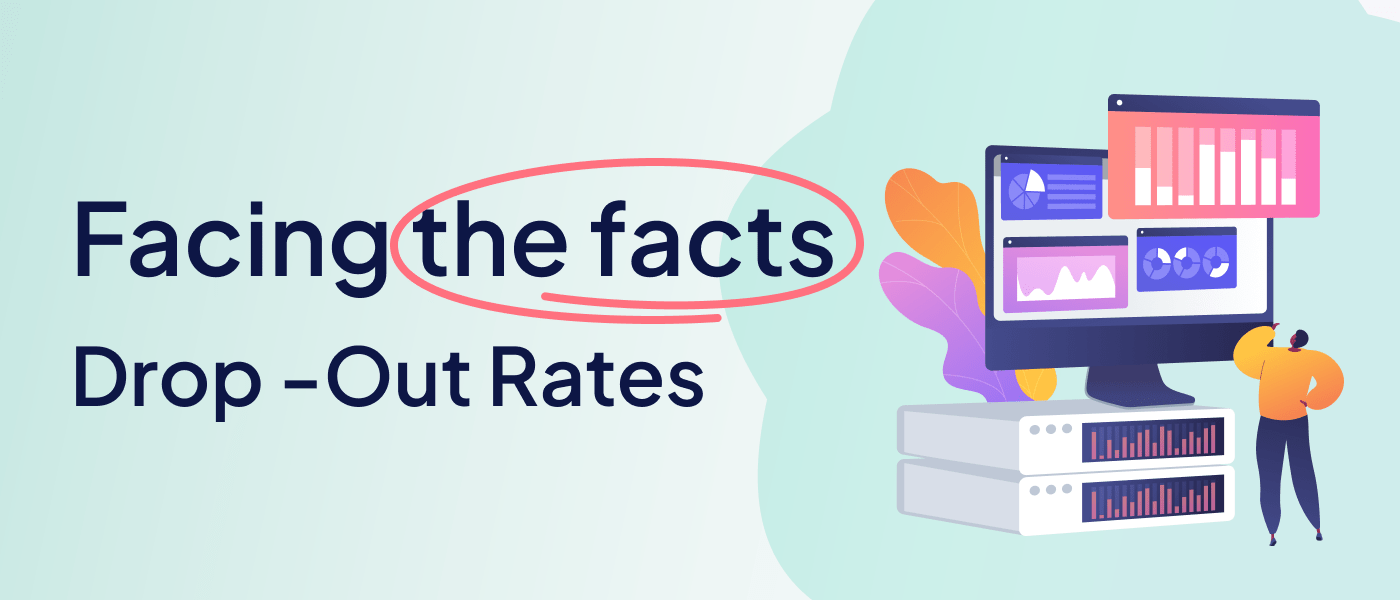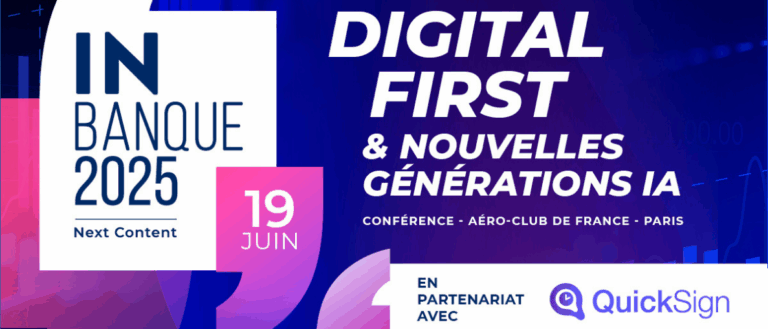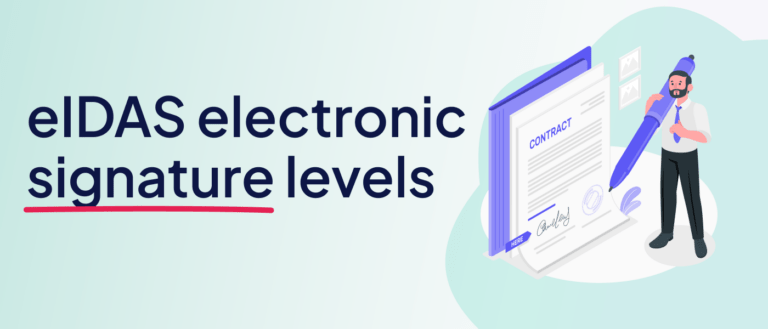Partager :

Instant Decision-Making in Digital Onboarding: Is it a Myth or Reality?
Digital transformation has revolutionized the way businesses operate, and the financial services sector is no exception. Amidst this backdrop, the concept of “100% instant decision-making” has emerged, promising quick and immediate decisions in digital onboarding processes. But in Europe, accessing a bank account means providing a lot of seperate information–identity documents, proof of address, proof of income, IBAN and, depending on the context, proof of retirement, a guarantor…–so is this infamous instant decision a promise or simply a myth?
Let’s dive deeper to unravel the truth.
Understanding Instant Decision-Making
Before we delve into the viability of instant decision-making, let’s first comprehend what it implies. In the context of digital onboarding, instant decision-making suggests that an applicant’s data can be processed, analyzed, and a decision on the file (approval or rejection) can be provided in real-time.
Please note that QuickSign does not take financing decisions (that is at the hand of the financial institution) however can approve the file based on the financial services’ business rules.
The Promise of Instant Decision-Making
At the heart of instant decision-making is the aspiration to provide seamless, efficient, and user-friendly experiences. The ability to deliver instant decisions can significantly enhance customer satisfaction, reduce dropout rates during the onboarding process and enable radically optimized middle office efficiency for financial services. Digital onboarding agents would only be required to analyze complex files, without needing to glance at the basic pre-validated ones.
The Reality: Challenges in Implementation
However, on the flip side, implementing 100% instant decision-making can be a daunting task. It involves multiple layers of complexities including data verification, risk assessment, and regulatory compliance, very fine business rules, which may not be feasible to conduct instantaneously. Moreover, issues like data inaccuracies, identity fraud, and technical glitches can further complicate the instant decision-making process. In Europe, the heavy influence of paper, though OCRs are constantly overperforming their own models, remains a glass wall.
The Future is Bright
Although 100% instant decision-making seems ideal, databases are rising within Europe, enabling access to 100% reliable and verifiable information. For example: eID schemes such as Itsme in Belgium and SPID in Italy provide identification information on the fly, and certain governments can be contacted to cross check salary slips.
At QuickSign, we are working steadily on the road to instant decision. One technology at a time and we encourage our financial services to the right balance between innovation, speed and accuracy.
With the assistance of technology, such as AI and Machine Learning, it is possible to expedite many aspects of the onboarding process. Advanced algorithms can quickly analyze data and flag potential risks, significantly reducing the time taken to make informed decisions.
In the quest for instant decision-making, we must remember that speed should not compromise the quality of decisions or violate regulatory standards. At QuickSign, we are bringing instant decision away from myths and into reality.
Written by Charlotte S.
More posts on this topic





